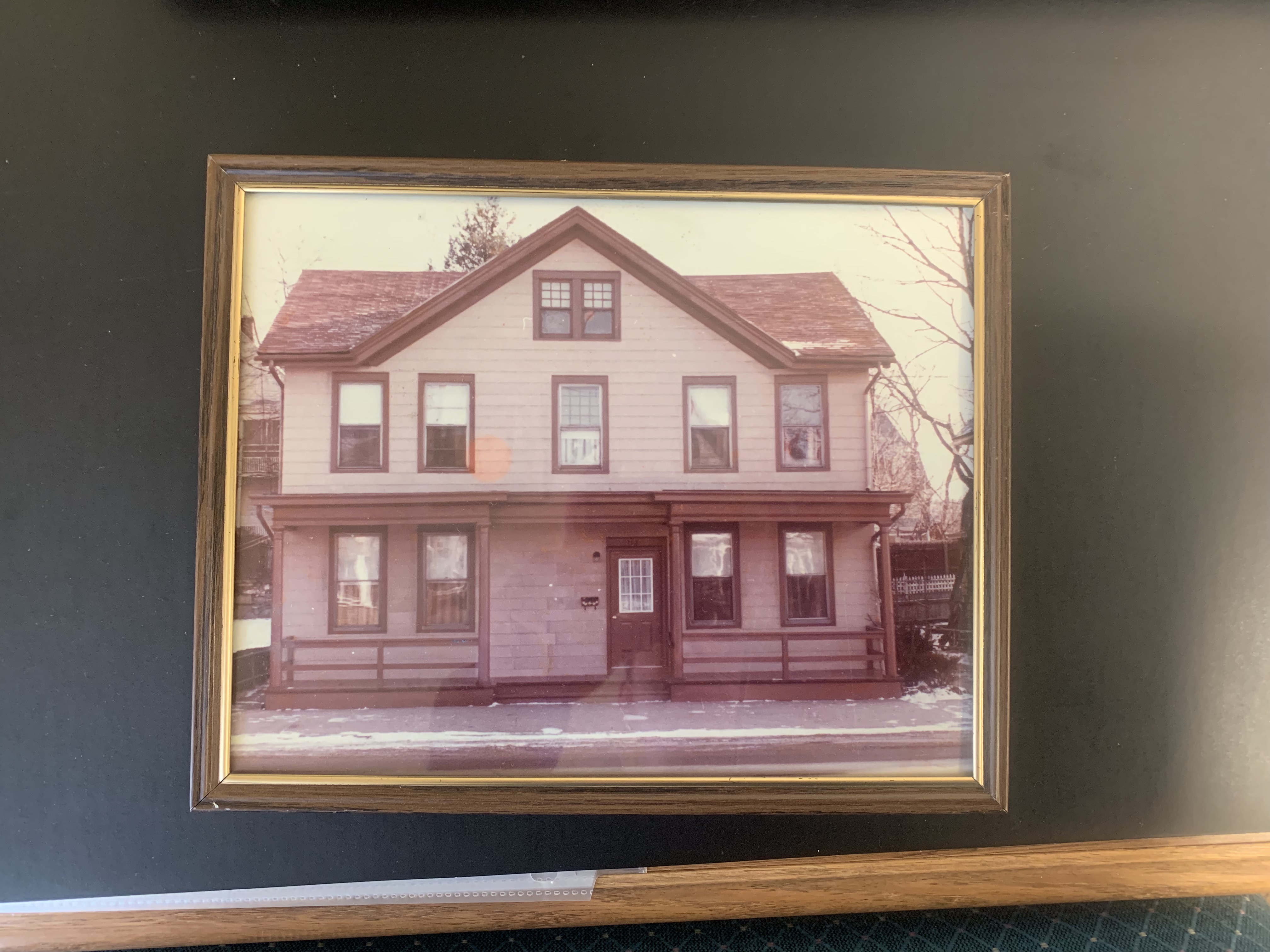
Reading and Writing
There are a number of things that I have learned over these past few weeks in terms of filmmaking and audio design which will stay with me as I continue my career in the industry because I was able to apply them to my own work. When I began this journey, my skillset was in editing was already pretty established but my focus on pre-production and production had not been used in some time so it was good to get back into those aspects of filmmaking. By creating a number of videos ranging from montages to documentaries, I was able establish my vision for each early on in pre-production and apply it to the production so that the editing stage was easier and consistent in creating the desired outcome.
One of the most useful things that I learned was that sound should be given the same amount of attention as the video of the piece. While having the best possible framing and focus is vital for any piece, without the properly recorded sound the entire piece could be ruined for the viewers experience by either too much static or low levels. One of the more difficult aspects for me was in the pre-production stage with planning out and storyboarding shots setups and dialogue as well as sound effects that would be used within the final piece. Visualizing what I wanted in the final piece proved to be a lot more thought provoking when taking into account what can and can’t be done on set with variables always in play.
One thing I would like to learn more about is the recording of audio and how to effectively mix each track to best play off of one another. Specifically, the levels and decibels each track should hit from the on screen dialogue, to the music, and the sound effects. One thing that I learned which I can use in the future is keeping in mind the pacing of the edit and using nontraditional cuts and transitions to help add to the emotion of the video. Just because a certain pacing or cut was used in the video montage does not mean it will work in a documentary. Also every version that is made of the video is not always the final cut. Finding the right moment to cut to the next shot is vital in helping viewers react correctly.
Research to Inform
Domestic Violence PSA
There are a number of different elements used in this very powerful PSA video on domestic violence. While there is no music used in this piece, it does help to draw attention to the very effective audio of both the female caller and 911 operator who picks up. This allows for the viewer to listen to their conversation and hear the story unfold without being distracted or influenced by outside music which helps create a more realistic setting. Another powerful element used in this PSA is the effective visual storytelling to convince the viewer of what the piece is about. Books on the floor, broken pictures, and a hole in the wall convince the viewer that there was a case of domestic violence in the house without the need of showing people or the actual events unfolding. The audio and visuals in this piece help to create a tense situation for the viewer and put them right in the middle of the story and help them to infer why the woman is calling the 911 operator.
Safe PSA
This PSA on locking up dangerous items such as prescription medication is very powerful in its messaging because it was able to create expectations of outcome then twist the ending to create an even more powerful impact on the viewer. While the man talking in the PSA never says that his daughter brought a gun into the bathroom, the visuals of him hunting with her and talking about his experiences with it make the viewer think the gun is responsible for her death. Add the tense cutaways of him telling the story of the day she killed herself with the pounding of the door and then his emotional interview and finally the shot of Sarah dead on the floor, the viewer thinks they have the cause of death already figured out. But when the father then holds up the prescribed medication bottle and title talking about how overdoses are more likely than gun fire, the viewer suddenly reflects on the whole piece again realizing they jumped to conclusions too quick even though they were led to believe of a different outcome on purpose.
Create
Below is a link to a PSA that I created on a nonprofit company that helps provide housing for people with developmental disabilities
Works Cited
Schroeppel, Tom. The Bare Bones Camera Course for Film and Video. Langara College, 2018.



